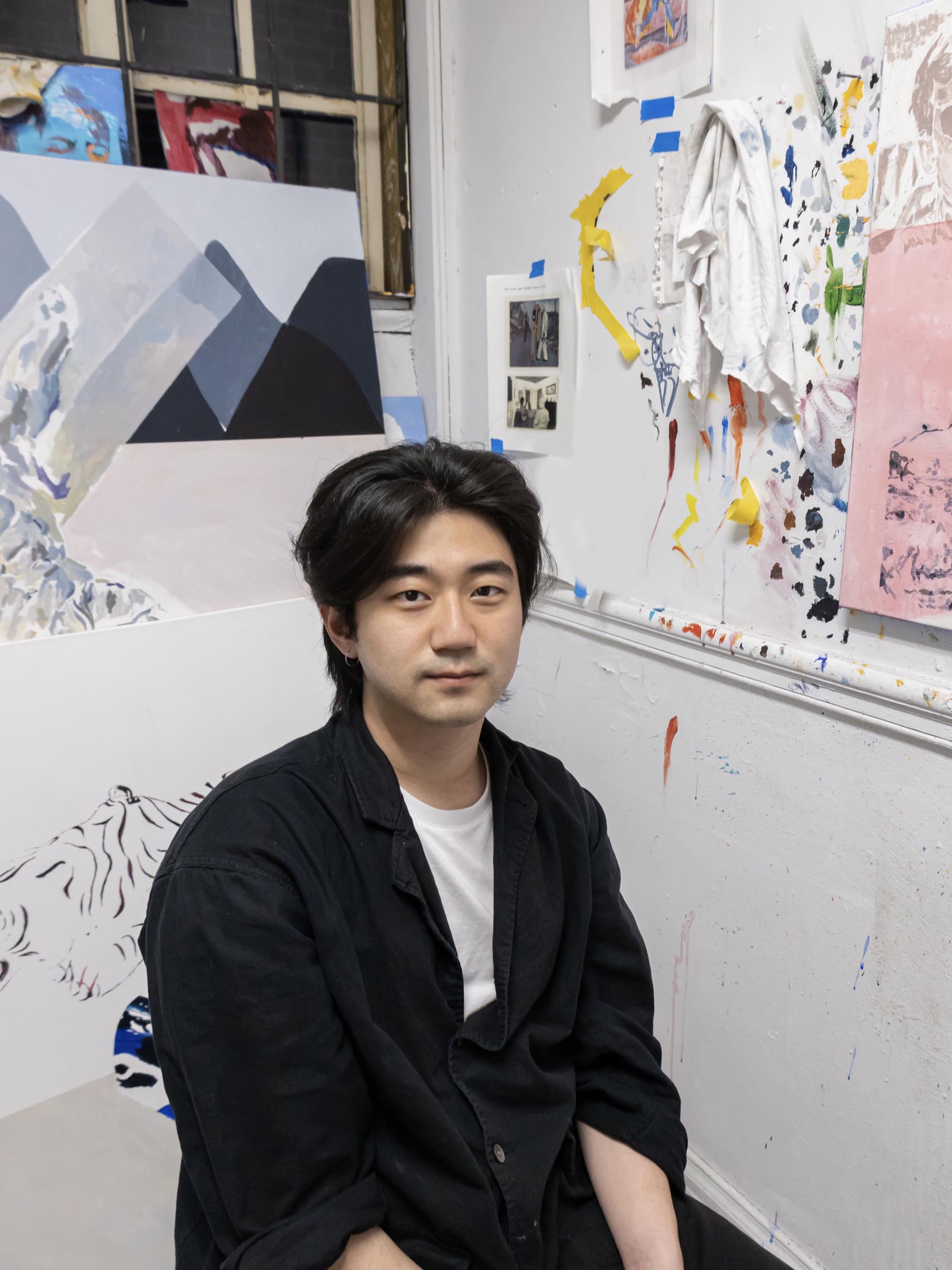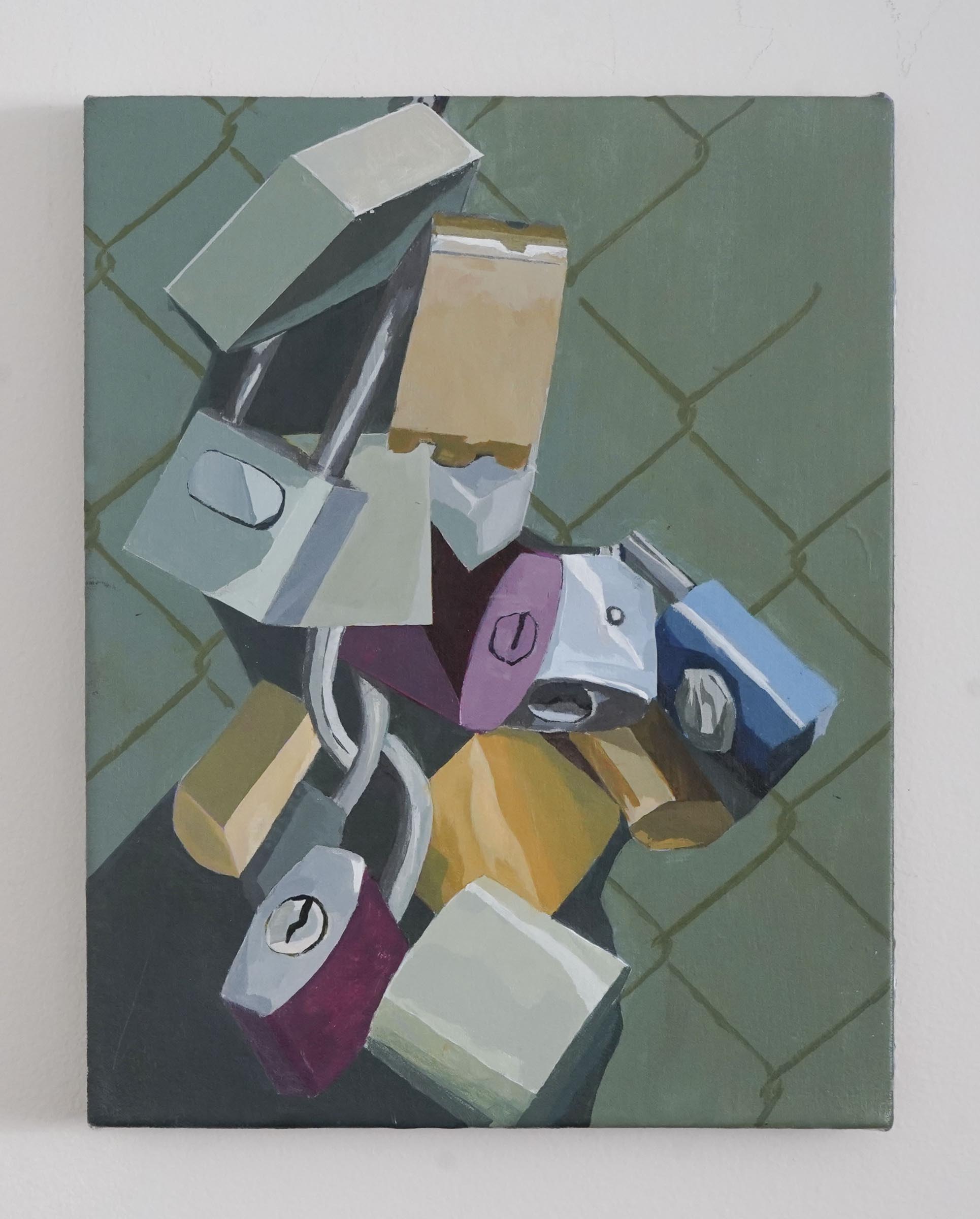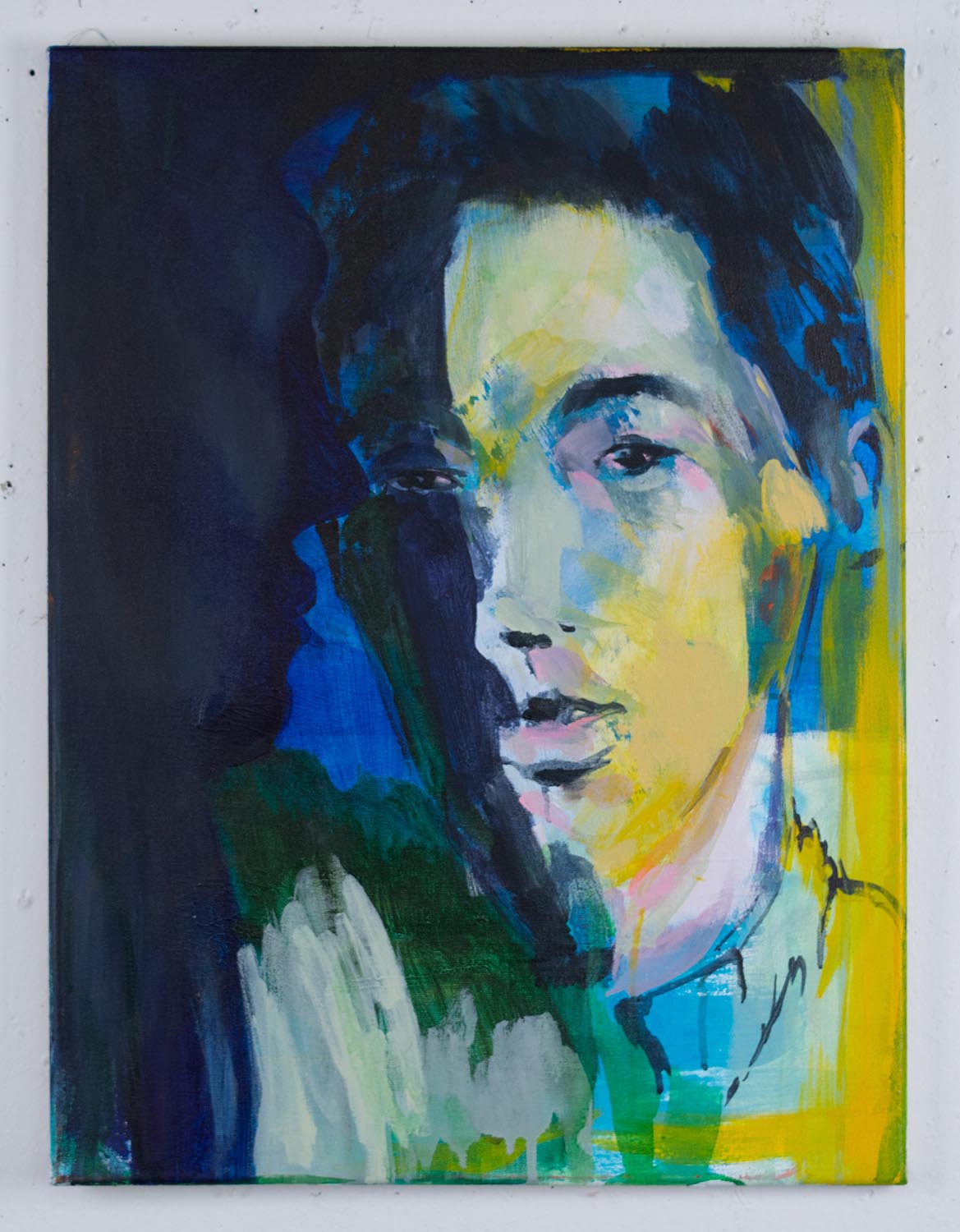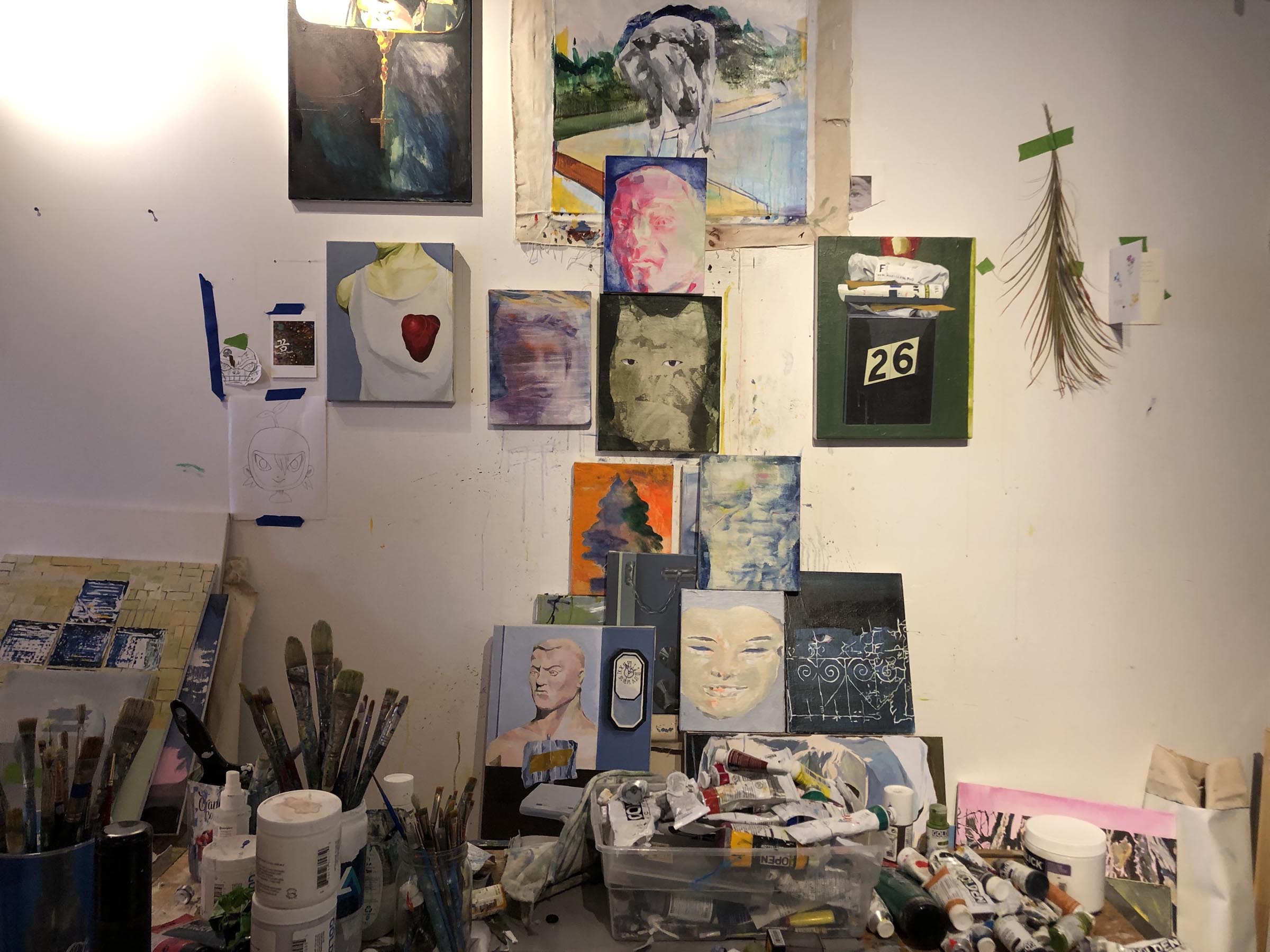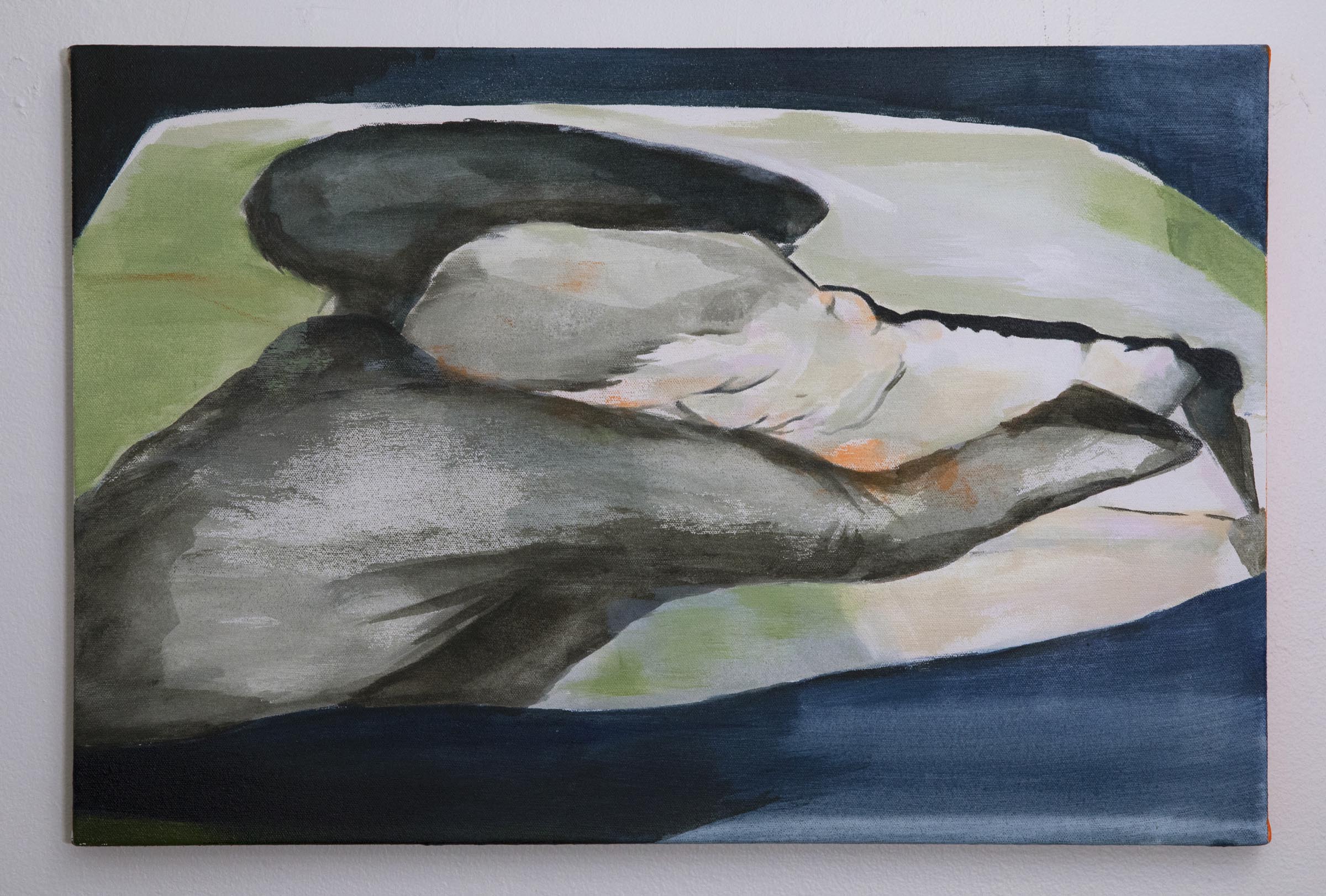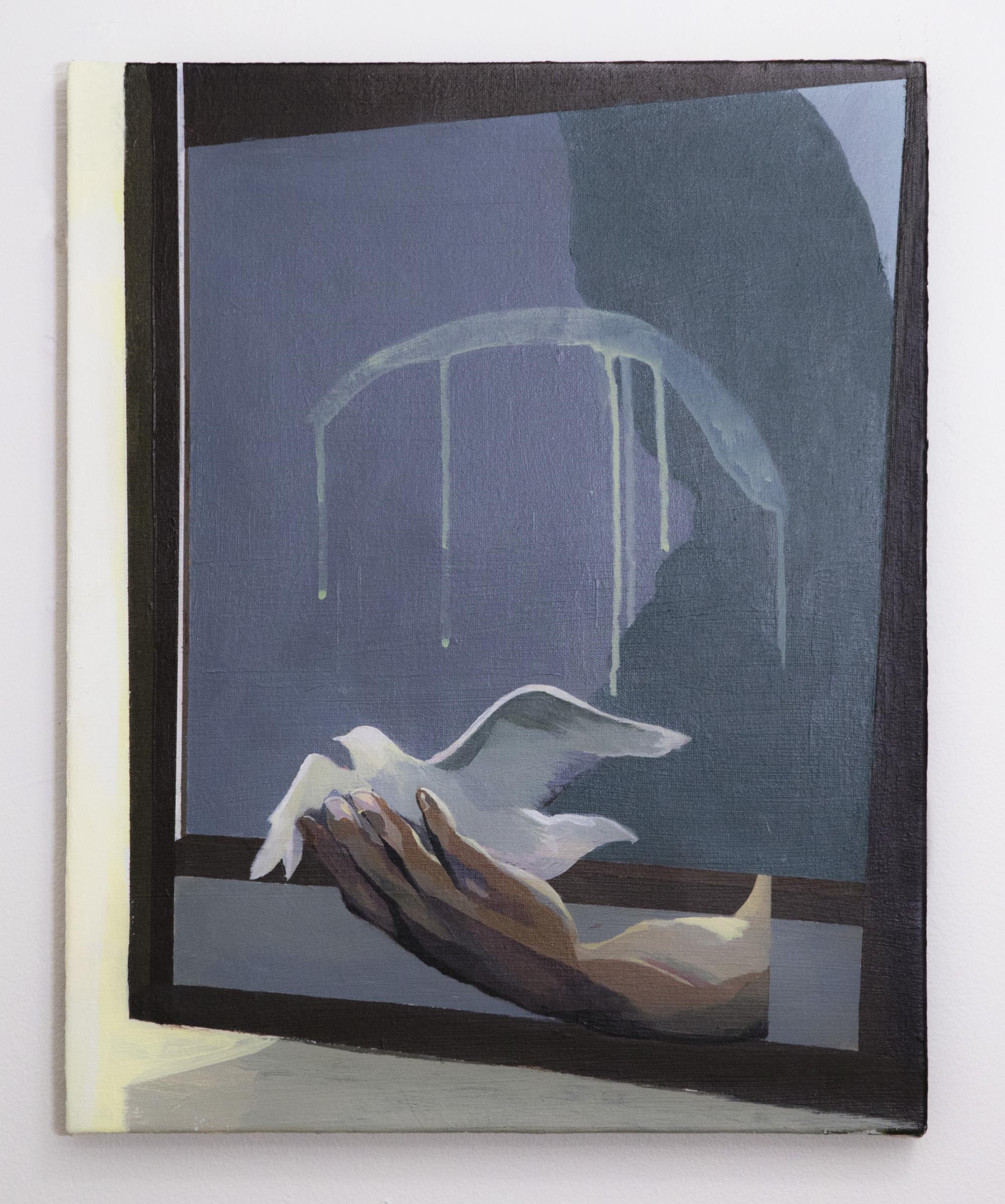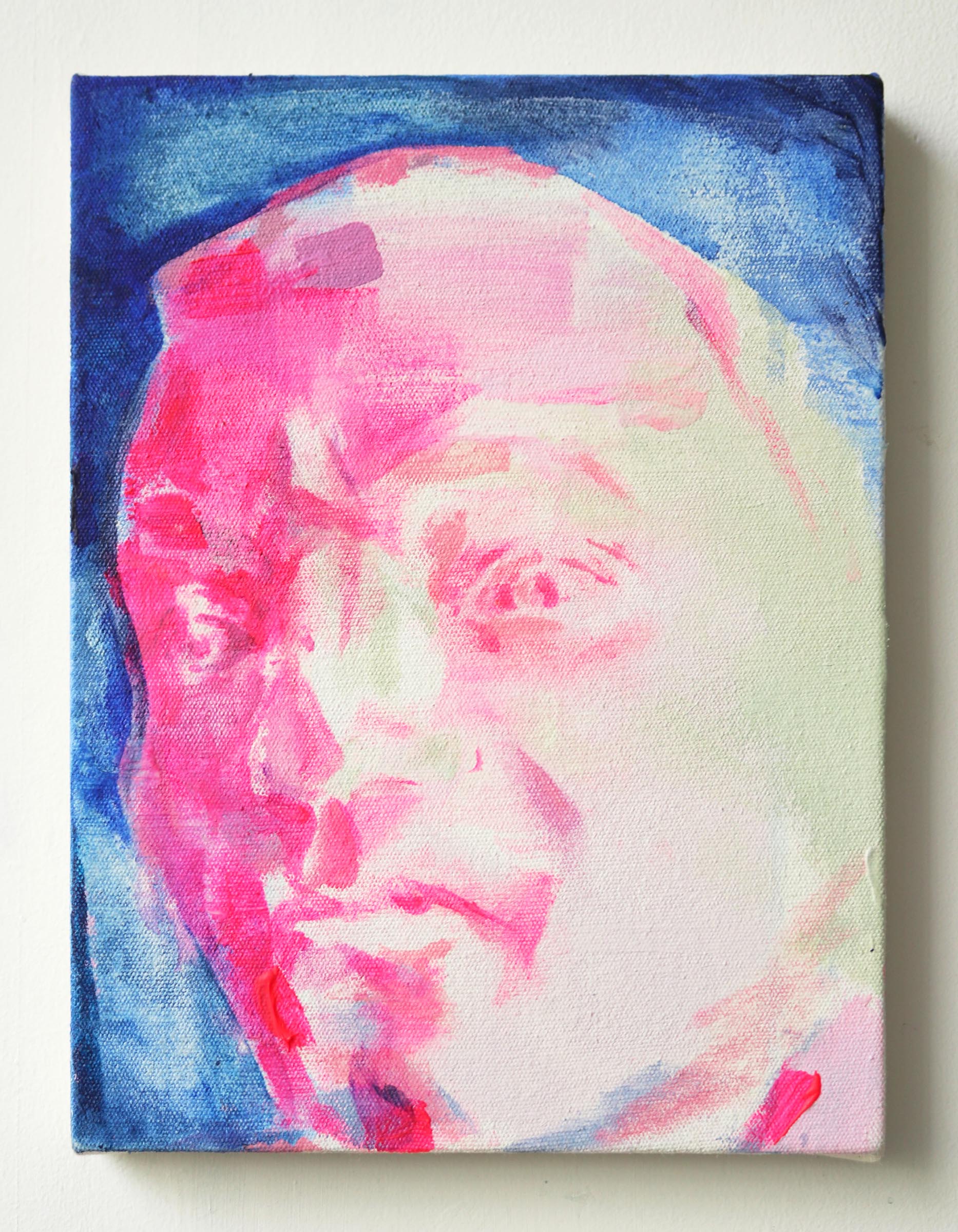How did you get into making art?
I think it was during my military service at a point when all my previous habits and desires were taken away and replaced by regitmented lifestyle – that I realized that I had really gotten into making art.
The artististic practice that I follow is the desire to assess and analyze the given environment and come up with an outcome. This tendency prevailed when all my habits and desires were replaced, and I hold onto it as a sign that art making is something that I can pursue for the long run.
Also it feels great to be in the community that I found while making paintings.
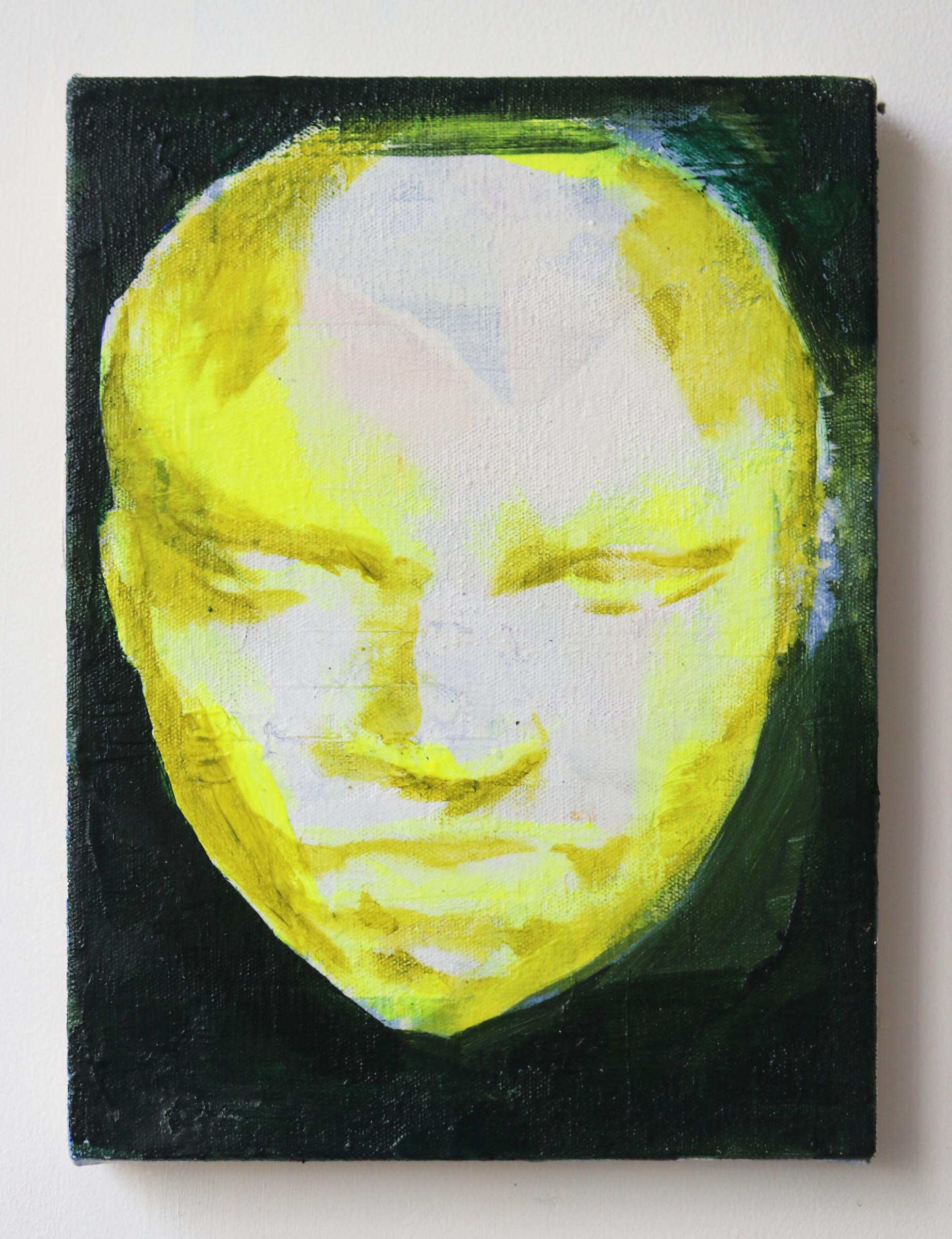
What are you currently working on?
I recently started a series of painting where I am reconstructing my home in Chile by meditating on points of contact where the inside meets the outside. I am drawn to these moments as opportunities to question the immigrant expereince and how they perceive the interior vs the exterior.
I’ve been focusing on physical moments, such as windows and doors to more symbolic sites like the mailbox and the garden. I am slowly making my way inwards, towards the core of the house.
In this project, I want to revisit the ephemeral nature of this familiar space and examine the alteration it has experienced over time, with the intention to weave them with the complicated relationship an immigrant has to their home and the outside world.
I recently started a series of paintings where I am reconstructing my home in Chile by meditating on points of contact where the inside meets the outside.
In June Park
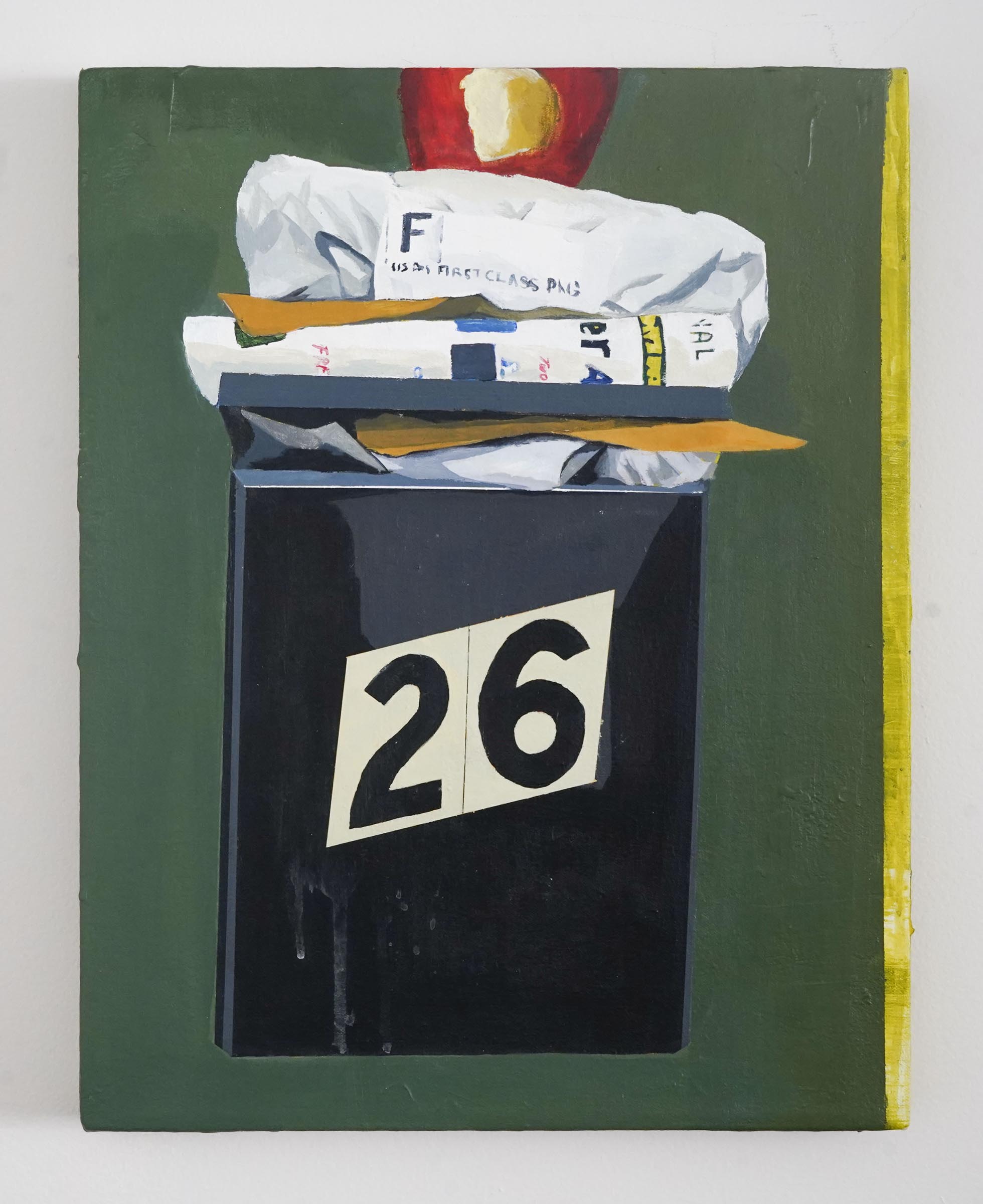
What inspired you to get started on this body of work?
This project developed when I visited my home in Chile for the first time in many years. In my parent’s welcoming arms, I noticed that the house had transformed itself. The rooms had shifted small and its furniture relocated to its most condensed form, as if a wounded animal used all its remaining energy to seek comfort in its last hours of survival. The large dining table had disappeared, and in its place was a smaller office desk that I had once used in my teenage years. I noticed the pool had been emptied out and the maple tree, the centerpiece of the backyard, had been chopped down. Once we (me and my brother) had left to pursue something this place could no longer provide, the large three story house had retreated its existence to two small rooms where the last two remaining inhabiants would spend their time.
I initially felt heartbroken when I saw that the only place I could really call home had lost the life it once had. However, I found a sense of accomplishment in this melancholic scene, as it served as an evidence that my parents had achieved their purpose in immigrating.
I think of this project as a way to remember and celebrate the house and its last remaining inhabitants.
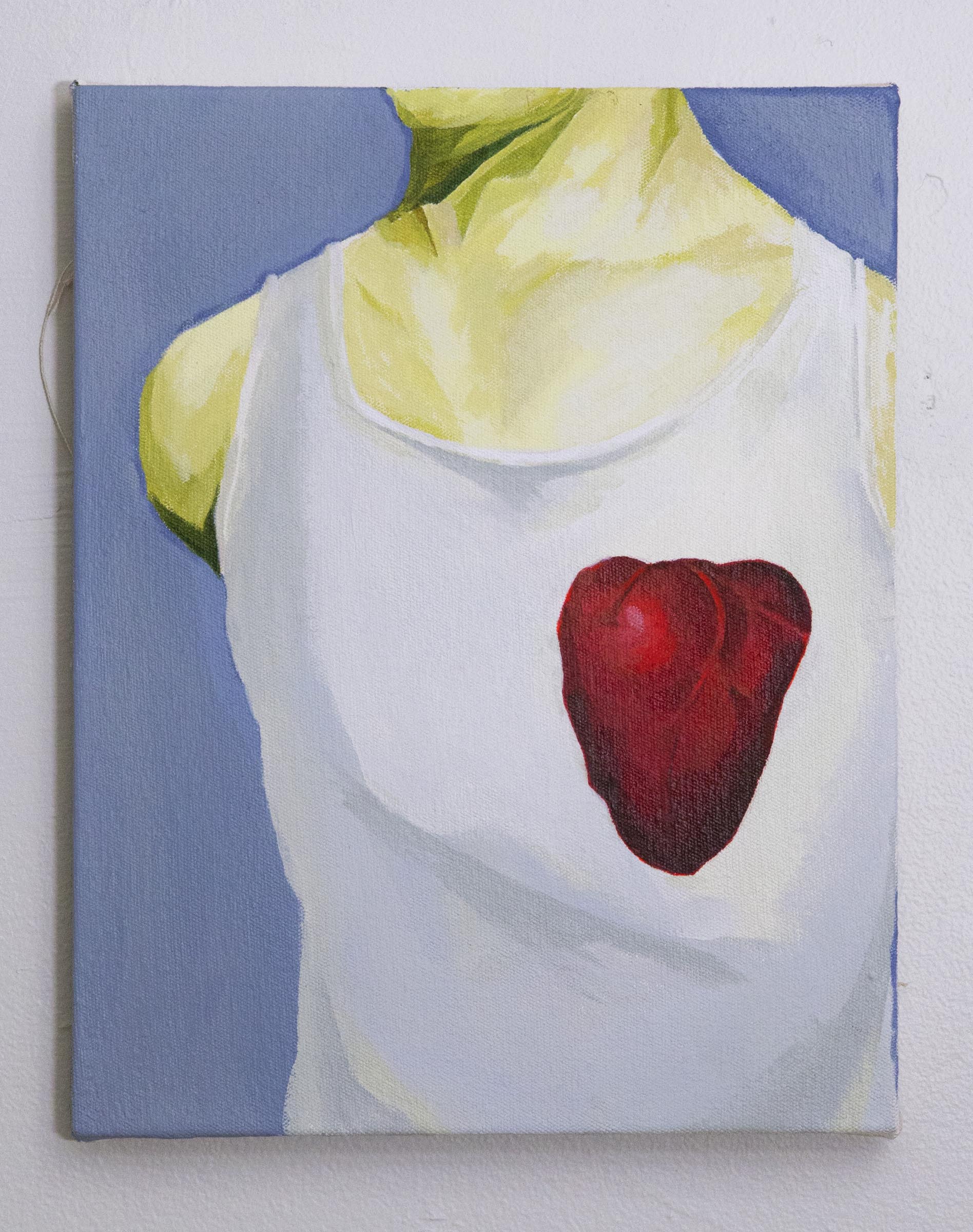
Do you work on distinct projects or do you take a broader approach to your practice?
On a good start to a week, I will come up with 3 ~ 4 images that I can think about for the rest of the week. As these images eventually solidify, they tend to branch out and open up conversations that occupy different concerns that I might have at the moment, which in turn creates a broad set of works.
What’s a typical day like in your studio?
I like to paint in bursts of concentrated moments that will inform me the next steps into finishing a piece.
Everything outside that I tend to space out, which I believe (I hope!) to be nessecary hours to return back to work.
Who are your favorite artists?
My current favorites are: R.B. Kitaj, Ohad Sarfaty, Jennifer Packer, Hurvin Anderson, Luc Tuymans, Sung Jik Yang, Yoo Geun Taek, Vermeer, Magritte, and Noah Davis to name a few.
Where do you go to discover new artists?
Instagram posts by my peers and arthandles that share works.
Sometimes I browse The Public Domain Review or go to the Met.
Learn more about the artist by visiting the following links:
